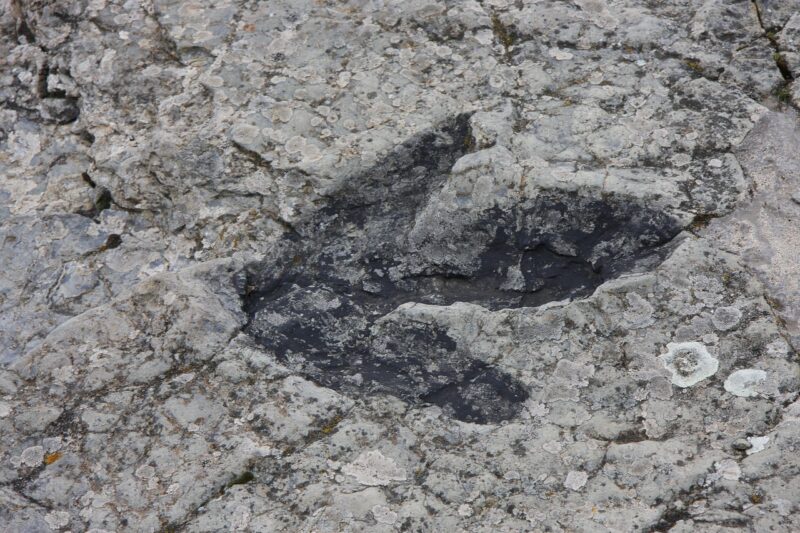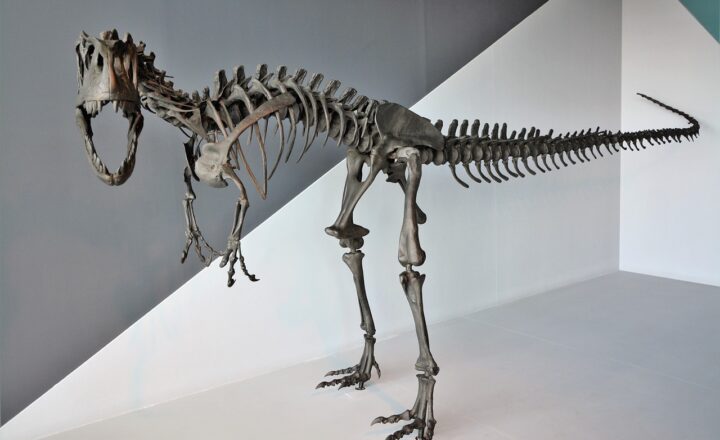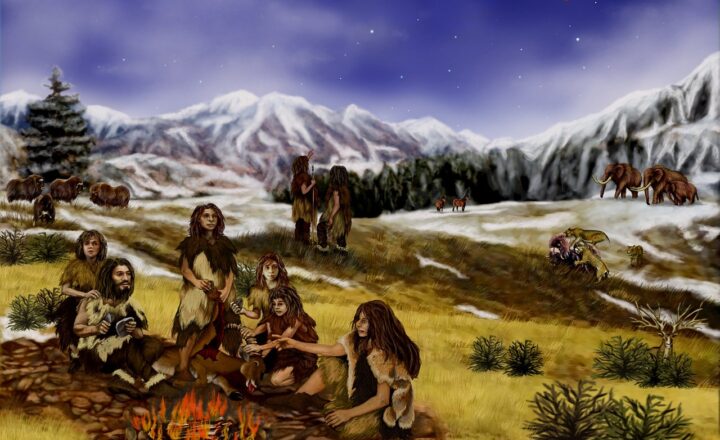Exploring the Dinosaur Fossil Record: What Paleontology Reveals About Ancient Life
November 14, 2024

Paleontology, the science of ancient life, offers us a fascinating glimpse into a world long gone, dominated by magnificent creatures known as dinosaurs. Through the study of the dinosaur fossil record, we gain not only an understanding of these prehistoric animals but also insights into Earth’s history, evolution, and the environmental conditions that existed millions of years ago.
1. Understanding Fossils and Their Importance
Fossils form when the remains or traces of ancient organisms become preserved in rocks over millions of years. This process can occur through various means, including mineralization, casts, and impressions. Fossils are crucial for paleontologists as they provide the primary sources of evidence about ancient life forms and their environments. The study of fossils helps in answering key questions:
- What did dinosaurs look like, and how did they behave?
- How did they adapt to their environments?
- What can their existence tell us about climate change and extinction?
The dinosaur fossil record gives us a window into the vast diversity of life that once roamed the Earth, leading the way to deeper discoveries in evolutionary biology and ecology.
2. The History of Dinosaur Discoveries
The field of paleontology began to flourish in the 19th century. The first dinosaur to be named was Megalosaurus in 1824. This discovery opened the floodgates for further excavations and fossil finds across the globe.
As more fossils were unearthed, paleontologists began to classify dinosaurs into two primary groups based on their hip structure: Saurischia (lizard-hipped) and Ornithischia (bird-hipped). Each group contains famous representatives:
- Saurischia: Includes theropods like Tyrannosaurus rex and sauropodomorphs like Brachiosaurus.
- Ornithischia: Includes iconic species like Triceratops and Stegosaurus.
Moreover, from the mid-20th century onwards, advancements in technology allowed paleontologists to use CT scans and imaging to study fossils in greater detail, aiding our understanding of dinosaur anatomy, growth, and behavior.
3. Techniques Used in Studying Dinosaur Fossils
Paleontologists employ a range of techniques to study dinosaur fossils, extracting immense knowledge from these ancient remains:
- Fieldwork and Excavation: Fossils are often embedded in sedimentary rock. Finding these fossils requires extensive fieldwork in locations known to contain significant dinosaur deposits, such as the Hell Creek Formation in Montana or the Gobi Desert in Mongolia.
- Preparation and Analysis: Once excavated, fossils undergo preparation in labs. This may involve cleaning, stabilizing, and mounting fossils for study. Each fossil provides critical morphology that helps identify species and possibly behaviors associated with them.
- Geological Context: Understanding the geological layers where fossils are found provides insight into the environment in which these ancient creatures lived. Specific layers yield information on climate, flora, and fauna of the time period.
- Radiographic Techniques: Modern technologies such as radiography and CT scanning allow researchers to visualize the internal structures of fossils without damaging them, leading to enhanced understanding of anatomical features and potential functionality.
These techniques combine to deepen our comprehension of dinosaur life and the ecosystems they inhabited.
4. Insights into Dinosaur Behavior from the Fossil Record
The fossil record reveals not just what dinosaurs looked like, but also how they might have behaved. Some fascinating insights include:
- Social Behavior: Evidence such as fossilized tracks shows that some dinosaurs traveled in herds, suggesting social interaction. For example, a discovery in the 1990s revealed a trove of dinosaur tracks in Mongolia that indicated pack behavior among theropods.
- Parenting: Fossils such as nests containing eggs have provided information about nesting and parental care in certain species, indicating that some dinosaurs may have shown parental behavior similar to modern birds.
- Feeding Habits: Fossilized teeth and wear patterns help scientists understand diet variations among species, whether they were herbivorous, carnivorous, or omnivorous. Evidence from stomach contents or coprolites (fossilized feces) can provide direct insight into their diets.
These behavioral insights enrich our understanding of dinosaur ecology and their roles in prehistoric ecosystems.
5. Extinction: What the Fossil Record Tells Us
Perhaps the most debated topic in paleontology is the extinction of the dinosaurs at the end of the Cretaceous period, approximately 66 million years ago. There are several hypotheses regarding this mass extinction, the most notable being the asteroid impact theory and volcanism:
- Asteroid Impact: Evidence of a layer of iridium-rich earth in the geological record coincides with the time of the extinction, suggesting a massive asteroid struck Earth, triggering catastrophic changes in climate and habitat.
- Volcanism: Some scientists suggest that extensive volcanic activity led to widespread environmental changes, contributing to the demise of the dinosaurs through massive releases of ash and gases into the atmosphere.
The study of sediment layers and associated fossils has allowed scientists to understand the timing, scope, and scale of these events, painting a clearer picture of one of the most significant extinctions in Earth’s history.
6. The Future of Dinosaur Paleontology
As technology advances, the future of dinosaur paleontology looks promising. New methods such as ancient DNA analysis and advancements in digital imaging are poised to revolutionize how we study fossils. These tools may allow paleontologists to reconstruct not only the physical attributes of dinosaurs but perhaps even their coloration and genetics.
Moreover, as geological research continues and sites are excavated, we can expect to find more fossils that will unveil previously unknown species or even clarify the connections between dinosaurs and modern birds, which are considered their closest living relatives.
The pursuit of knowledge in paleontology not only satiates our curiosity about life millions of years ago but also significantly contributes to our understanding of biodiversity and the impact of extinction events.
Conclusion
The study of the dinosaur fossil record is a thrilling endeavor, leading to exciting revelations about our planet’s biological heritage. It allows us to piece together the puzzle of Earth’s distant past while providing essential lessons regarding adaptation and survival in a continually changing world.
By understanding dinosaurs, we’re also prompted to think critically about modern biodiversity and the various natural challenges that threaten it. As we continue to explore, excavate, and analyze, each fossil discovered offers a fragment of knowledge connecting us all, past and present.







